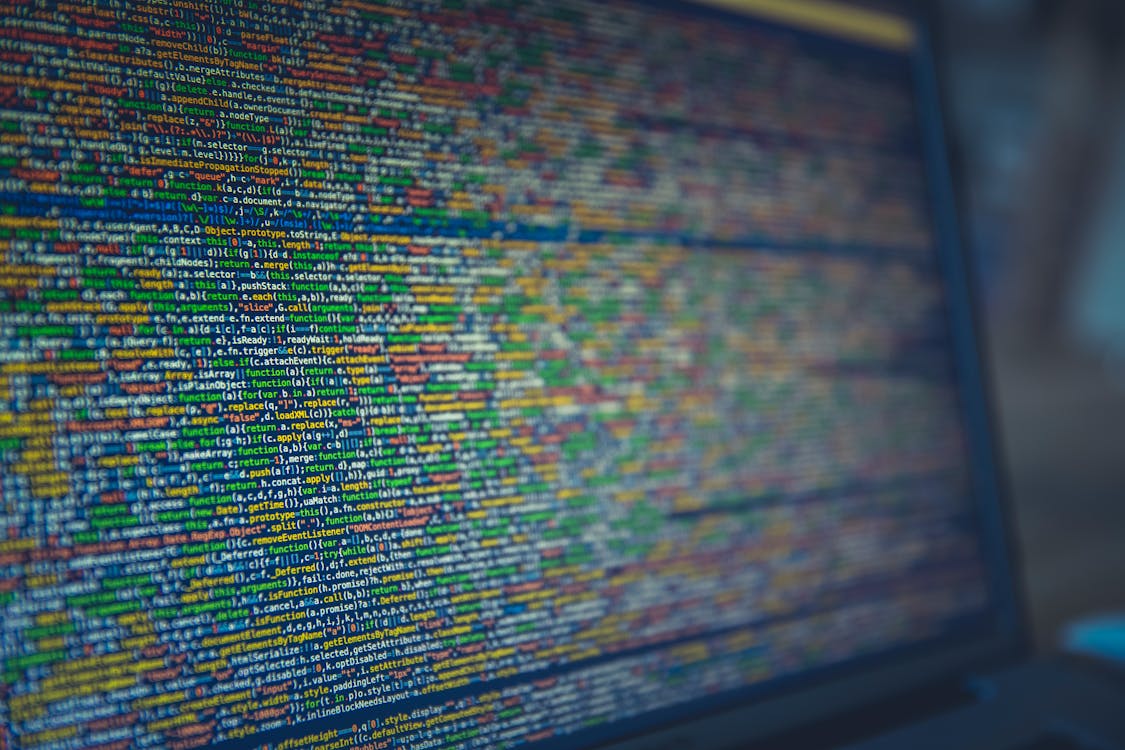Web scraping and crawling are powerful tools used to extract data from websites. However, as with any tool, there are ethical concerns and best practices that should be followed. In this article, we will explore the ethics of web scraping and crawling and provide guidelines for best practices.
What is Web Scraping and Crawling?
Web scraping is the process of extracting data from websites. This is done by using a software program to access and download website content. Web scraping can be done manually or automatically. Automatic web scraping is also known as web crawling.
Web crawling involves the use of a program called a spider, which follows links on websites and downloads data. The spider then follows links on the downloaded pages and continues to download data until it has reached a specified depth or has collected all available data.
Ethics of Web Scraping and Crawling
Web scraping and crawling can be used for many purposes, both ethical and unethical. Ethical use of web scraping involves extracting data that is publicly available and can be used for legitimate purposes. Unethical use of web scraping involves extracting data that is not publicly available or is protected by laws such as copyright, trademark, and privacy laws.
Web scraping and crawling can also put a strain on website resources, such as bandwidth and server capacity. If done improperly, web scraping and crawling can cause website downtime or slow down website performance.
Best Practices and Guidelines for Web Scraping and Crawling
To ensure ethical use of web scraping and crawling, it is important to follow best practices and guidelines. Here are some guidelines to follow:
1. Check Website Terms of Service and Robots.txt
Before scraping or crawling a website, check the website’s terms of service and robots.txt file. The terms of service will outline what data can be accessed and how it can be used. The robots.txt file will tell you what pages or directories should not be accessed by web crawlers.
2. Limit the Frequency of Requests
To avoid overloading a website’s servers, limit the frequency of requests. This can be done by setting a delay between requests or limiting the number of requests per second.
3. Identify Yourself
When making requests to a website, identify yourself and the purpose of the request. This can be done by setting a user agent in the request header.
4. Respect Copyright and Trademark Laws
Do not scrape or crawl data that is protected by copyright or trademark laws. This includes data that is owned by someone else, such as images and text.
5. Respect Privacy Laws
Do not scrape or crawl data that is protected by privacy laws. This includes personal information, such as names and addresses.
6. Do not Misrepresent Yourself
Do not misrepresent yourself or your intentions when making requests to a website. This includes impersonating a user or using false credentials.
7. Be Transparent
Be transparent about your web scraping and crawling activities. This includes disclosing what data you are collecting and how it will be used.
8. Do not Use Scraped Data for Malicious Purposes
Do not use scraped data for malicious purposes, such as spamming or phishing.
9. Monitor Website Performance
Monitor website performance to ensure that web scraping and crawling is not causing website downtime or slow performance. If you notice issues, adjust your scraping and crawling activities accordingly.
Conclusion
Web scraping and crawling can be powerful tools for extracting data from websites. However, it is important to use these tools ethically and follow best practices and guidelines. By doing so, we can ensure that web scraping and crawling is used for legitimate purposes and does not cause harm to websites or users.
